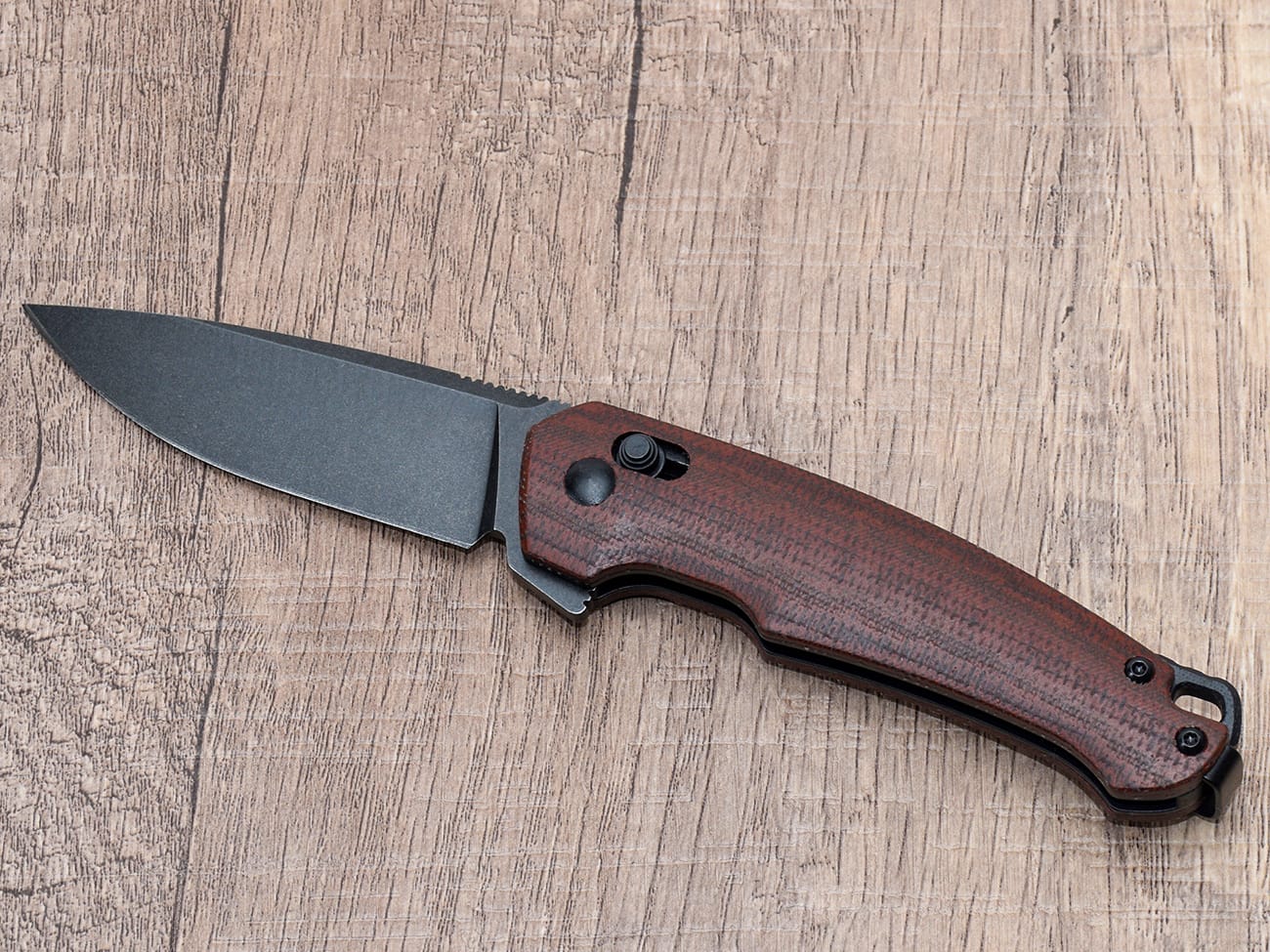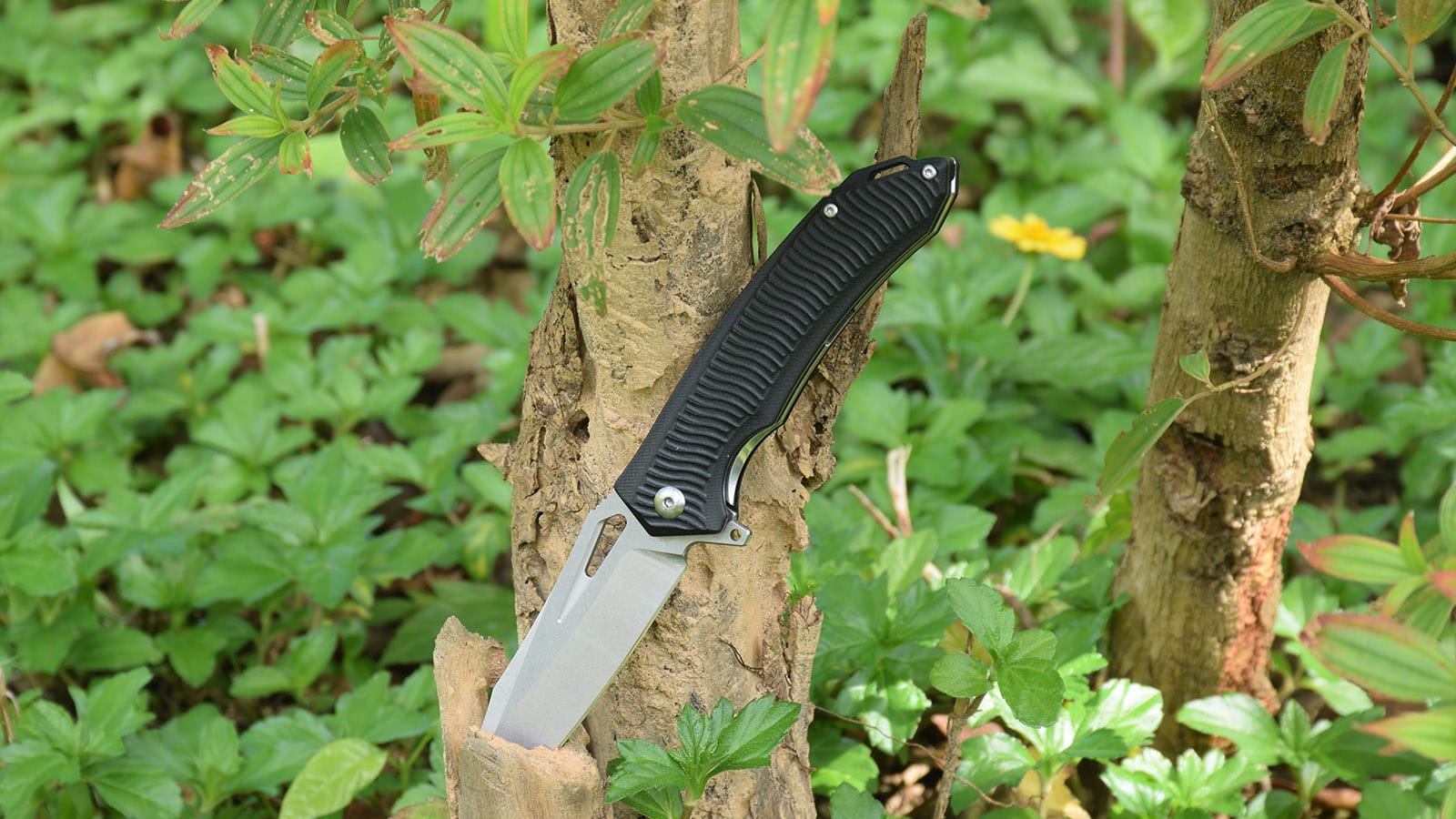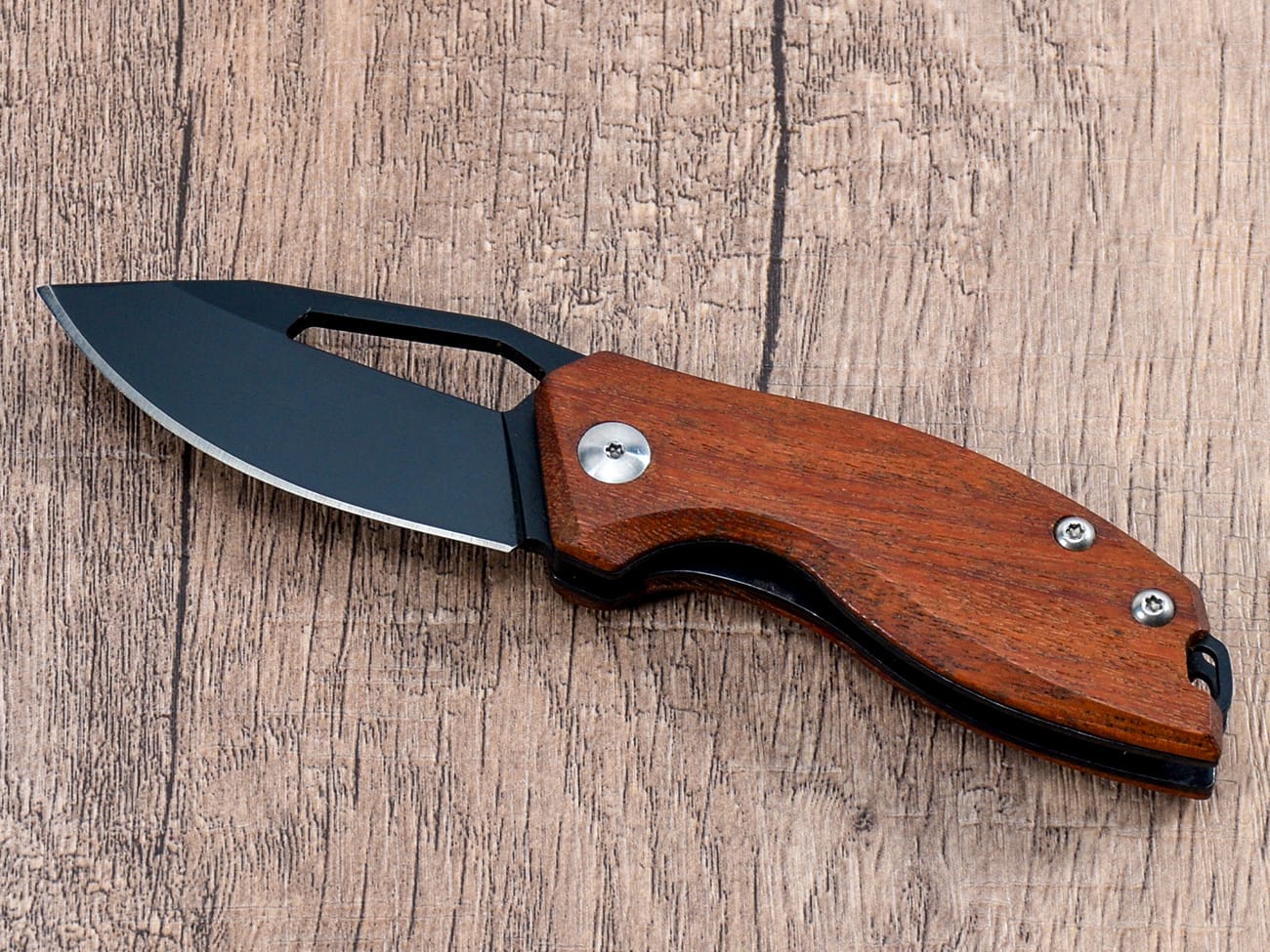A sharp knife is a safe knife, but what happens when your trusty pocket knife becomes dull and you only have access to a kitchen sharpener? This comprehensive guide will explore whether kitchen sharpeners are suitable for pocket knives, the best techniques to use, and important considerations to keep in mind. Whether you’re a beginner or experienced knife user, this article will help you maintain your blade’s edge effectively and safely.
What Makes Kitchen Sharpeners Different from Other Sharpening Tools?
Kitchen sharpeners are designed primarily for kitchen knives, which often have different blade geometries than EDC knives. While they can be used to sharpen pocket knives, it’s important to understand their limitations and advantages:
- Most kitchen sharpeners have preset angles
- They typically use ceramic or diamond abrasives
- Many feature both coarse and fine grit options
Is It Safe to Use a Kitchen Sharpener on Your Pocket Knife?
Safety should always be your primary concern when sharpening any knife. Kitchen sharpeners can be used on folding knives, but there are some important considerations:
- The sharpening angle may not match your knife’s original bevel
- Some kitchen sharpeners may be too aggressive for pocket knife steels
- Proper technique is crucial to prevent damage

What Types of Kitchen Sharpeners Work Best for Pocket Knives?
Not all kitchen sharpeners are created equal. When choosing one for your utility knife, consider these options:
- Manual pull-through sharpeners
- Electric sharpeners with multiple stages
- Ceramic rod sharpeners
- Guided angle systems
How to Properly Use a Kitchen Sharpener on Your Pocket Knife
Learning to sharpen your knife properly takes practice. Follow these steps:
- Clean your knife thoroughly
- Identify the existing edge angle
- Start with the coarsest grit if needed
- Use light, consistent pressure
- Finish with fine grit for honing
- Test the sharpness carefully
Common Mistakes to Avoid When Sharpening
There’s nothing more frustrating than damaging your blade while trying to sharpen it. Here are key mistakes to avoid:
- Applying too much pressure
- Using incorrect angles
- Skipping grits
- Over-sharpening
Alternative Sharpening Methods for Pocket Knives
While kitchen sharpeners can work, consider these alternatives for your custom pocket knife:
- Whetstones
- Diamond stones
- Guided systems
- Leather strops
Maintaining Your Knife’s Edge Between Sharpenings
A sharp edge requires regular maintenance. Here’s how to prolong the life of your edge:
- Use a honing steel regularly
- Store your knife properly
- Avoid cutting on hard surfaces
- Clean and dry after each use
When to Seek Professional Sharpening Services
Sometimes it’s best to leave it to the professionals, especially if:
- Your blade has significant damage
- You’re uncomfortable with sharpening
- The knife has special coating or treatments
- It’s an expensive or collectible piece
The Impact of Blade Steel on Sharpening
Different blade steels require different approaches. Consider these factors:
- Hardness rating
- Edge retention properties
- Ease of sharpening
- Corrosion resistance
Essential Safety Tips for Knife Sharpening
Always prioritize safety when sharpening:
- Wear cut-resistant gloves
- Work in good lighting
- Maintain focus
- Keep first aid nearby
Key Points to Remember:
- Kitchen sharpeners can work but aren’t ideal for all pocket knives
- Proper technique is crucial for good results
- Understanding your knife’s steel and geometry is important
- Regular maintenance extends time between sharpenings
- Safety should always come first
Remember, while kitchen sharpeners can be used to sharpen pocket knives, they’re not always the best option. Consider investing in proper sharpening tools designed specifically for pocket knives to achieve the best results.




